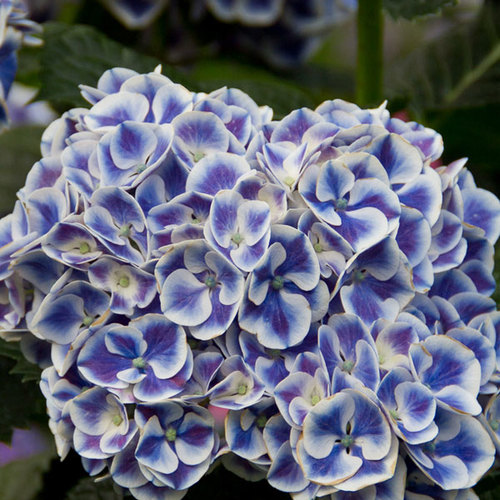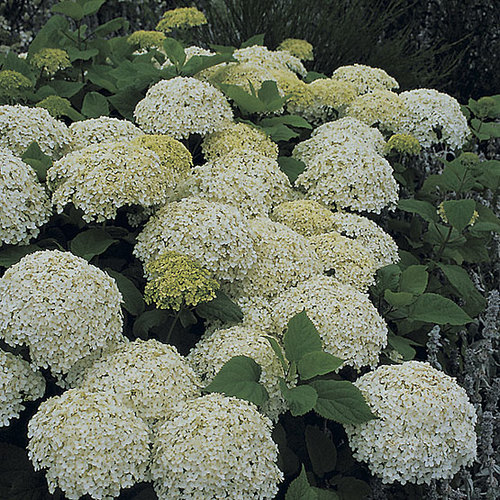
These shrubs from the Americas and East Asia provide gardeners with a rich source of plants for understory, mixed border, foundation, and specimen planting. They are grown for their large, showy flower heads, which are comprised of small, fertile flowers and larger, infertile flowers. On some, the wide range of flower colors is affected by pH (producing pink flowers over 6.0, and blue). Many species produce attractive foliage and interesting peeling bark with maturity. Hydrangeas are invaluable for fresh and dried cut-flower arrangements.
Noteworthy CharacteristicsA rainbow assortment of conical, flat, domed, and terminal flower heads for garden, container, and vase
CareGrow in moist, well-drained soil and in sun to partial shade. Provide shelter from drying winds. Pruning practice depends on whether the hydrangea blooms on the current or previous season's wood. (H. paniculata is the only species that benefits from hard pruning.)
PropagationSow seed in a cold frame in spring; take softwood cuttings in early summer, hardwood cuttings in winter.
ProblemsGray mold, slugs, powdery mildew, rust, ringspot virus, leaf spots





























